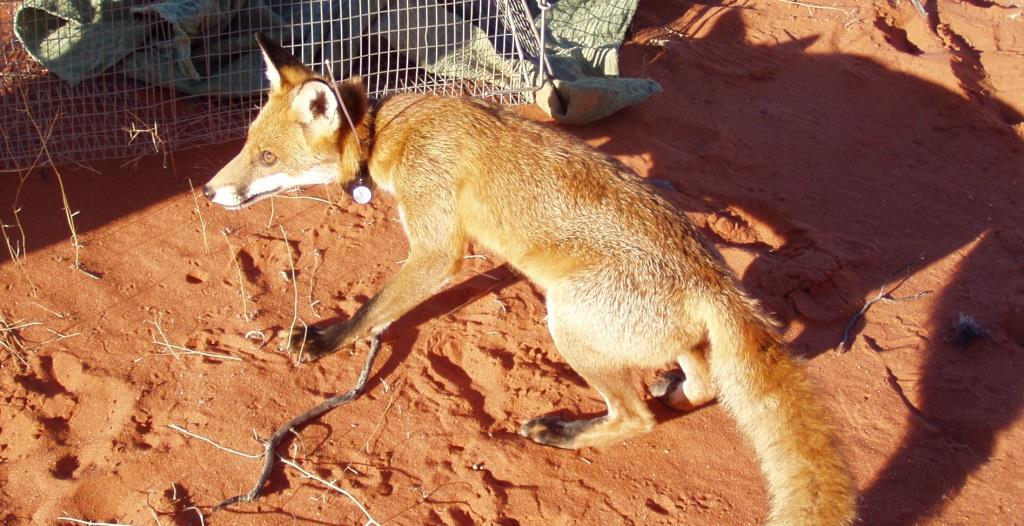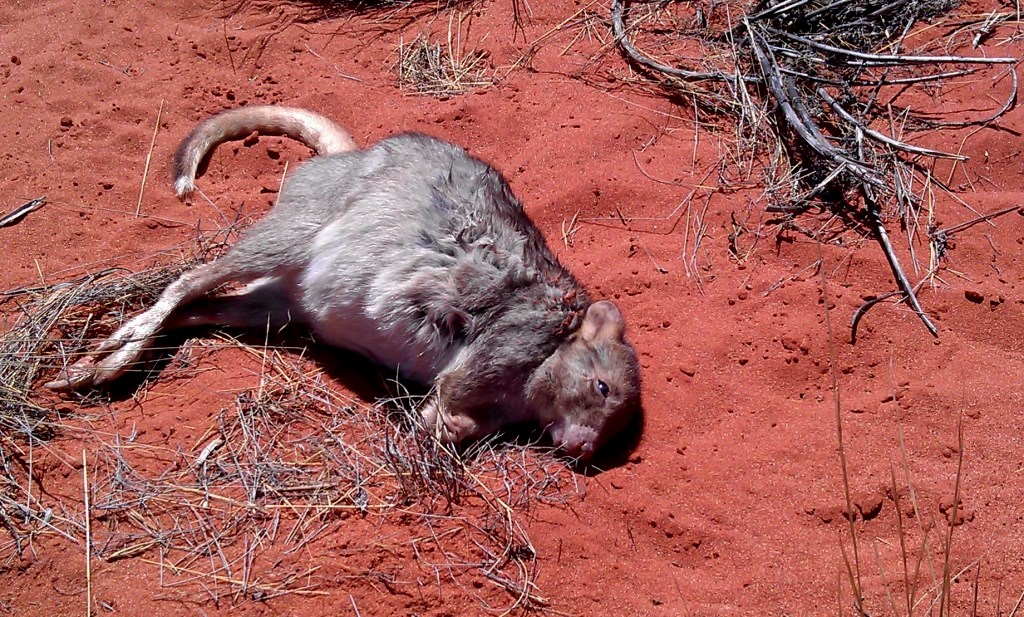I interned at AR in winter 2018. I am from Tassie, used to cold and bone-chilling damp, so even the winter at Arid Recovery was hot and dry for me! Prior to the internship, I worked as a park ranger, and prior to that I completed Honours in Biological Science at the University of Tasmania. My honours was on the historical biogeography of the metallic snow skink. This sounds technical, but basically, many ecologists would like a time machine. Lacking one, they instead try all sorts of other ways to peer into the past: pollen in sediment cores, tree rings, fossils. Skink DNA was my time machine. By looking at their genetics, I travelled through time with the skinks, back to a time 35 thousand years ago when humans first walked into what was then the Tasmanian peninsula – dry, cold, glaciated, windswept. I wanted to know where this woodland skink species survived in such a radically different, though comparatively recent landscape. This experience was mind bending, perspective altering, and gave me a much richer understanding of the processes that have shaped the Tasmanian and Australian fauna and flora in geologically recent times. I am always fascinated to learn more about the forces and factors that shape the environment and assemble ecosystems. This fascination, alongside an abiding commitment to sustain the possibilities for life on earth has lead me to work and volunteer in far-flung and remote places like Norfolk Island, the New Zealand mountains and the Kimberley region. In 2018 I took leave from rangering and jumped at the wonderful opportunity to head into the inland heart of Australia and intern at Arid Recovery.
My favourite AR experience was getting to know and understand the different characters of the individuals behind this small conservation organisation in remote arid Australia. People can be so different in so many ways, and yet still be united by a heart-deep, abiding love and commitment to sustaining the essence of Australia – it’s wildlife and the environment they belong in. It was amazing to feel like a fully integrated part of the team at the end. It felt like I was just getting started and it was time to go! The vastness of that landscape was also ever present, the major character in the story. It was fascinating to ponder what this place means to the different people who have made their homes and lives there – indigenous people, pastoralists, miners, wildlife biologists. I saw the reserve and surrounds at a low ebb – after months of dry the animals were desperate for any rare green leaf, but I know this place holds surprises for the patient, when the rare rain falls. I feel like I am now a small part of the unfolding Arid Recovery story, and I am excited to see what happens next!
What have I done since the internship? As I made my way east, out of the arid heart of Australia, I stopped in at the truly astonishing Ikara-Flinders Ranges, and was lucky enough to encounter effortlessly graceful rock wallabies among the fractured rocks of the spectacular Brachina Gorge. I’m now back in Tas, still turning over the big questions in life! I have picked up a little bit of casual fauna consulting work and am working towards publishing my honours thesis. I have been taking it one step at a time, and trying to work out what the next big step will be! Masters? PhD? Thanks to all the people at Arid for welcoming me and sharing this incredible place and conservation endeavour with me!



















